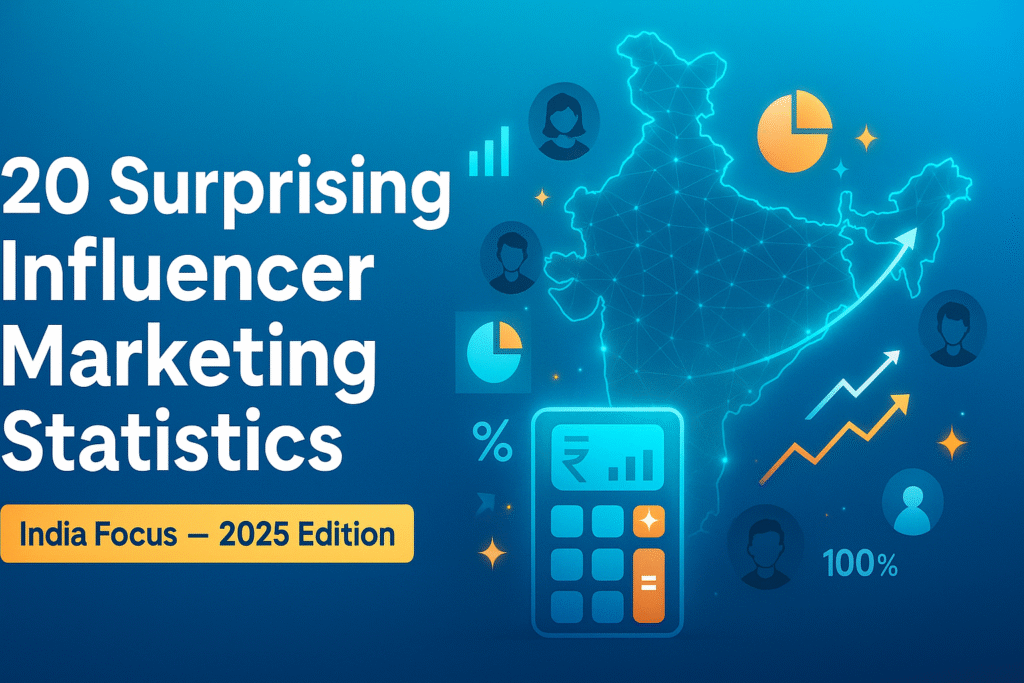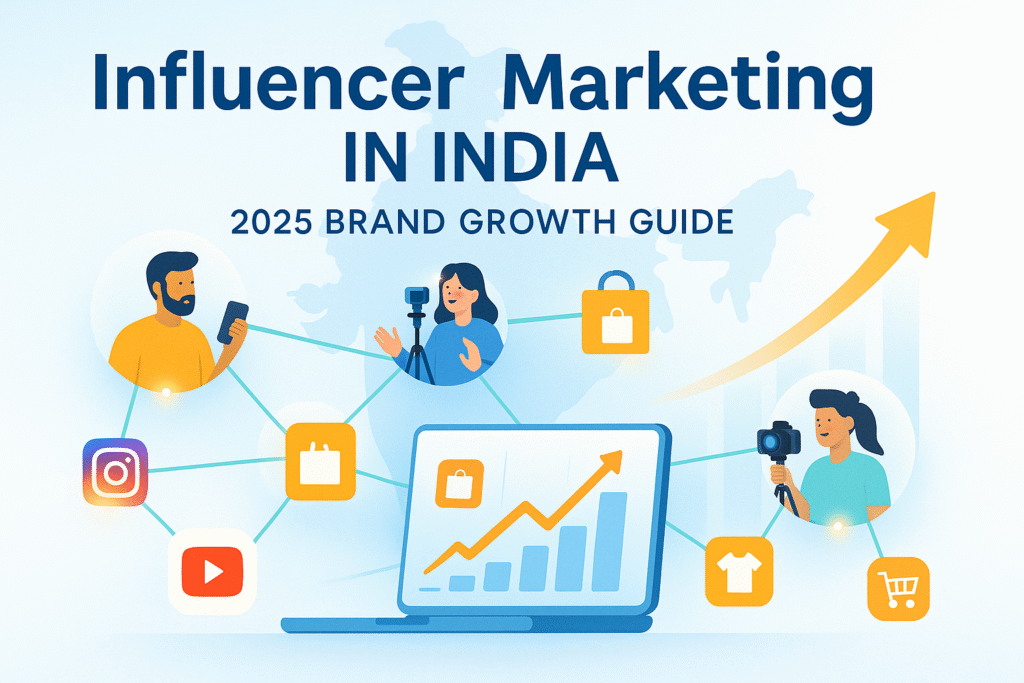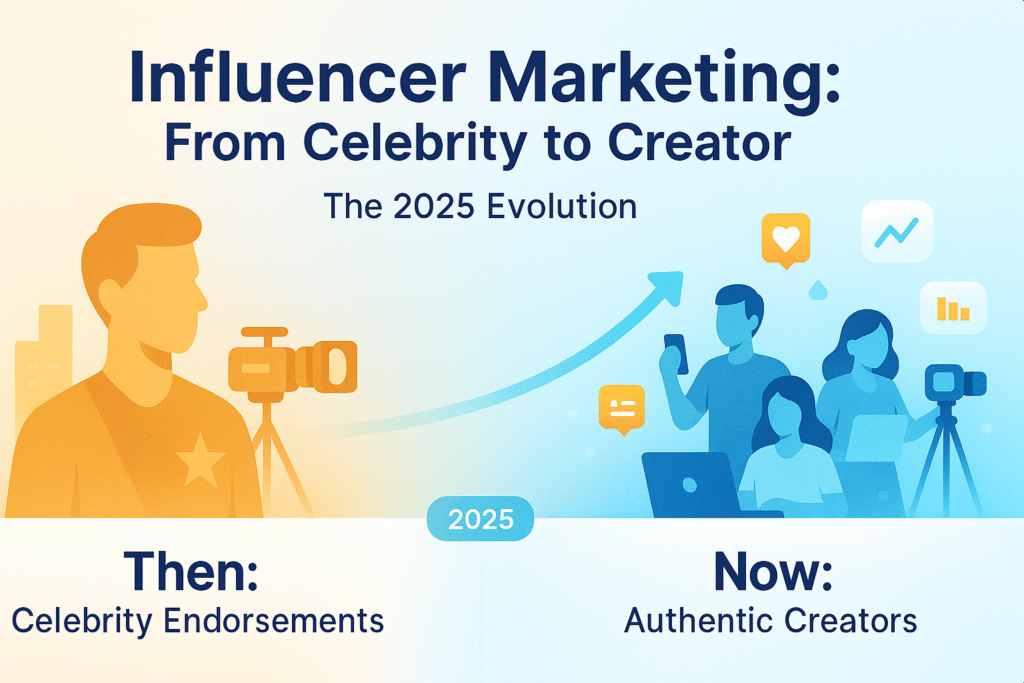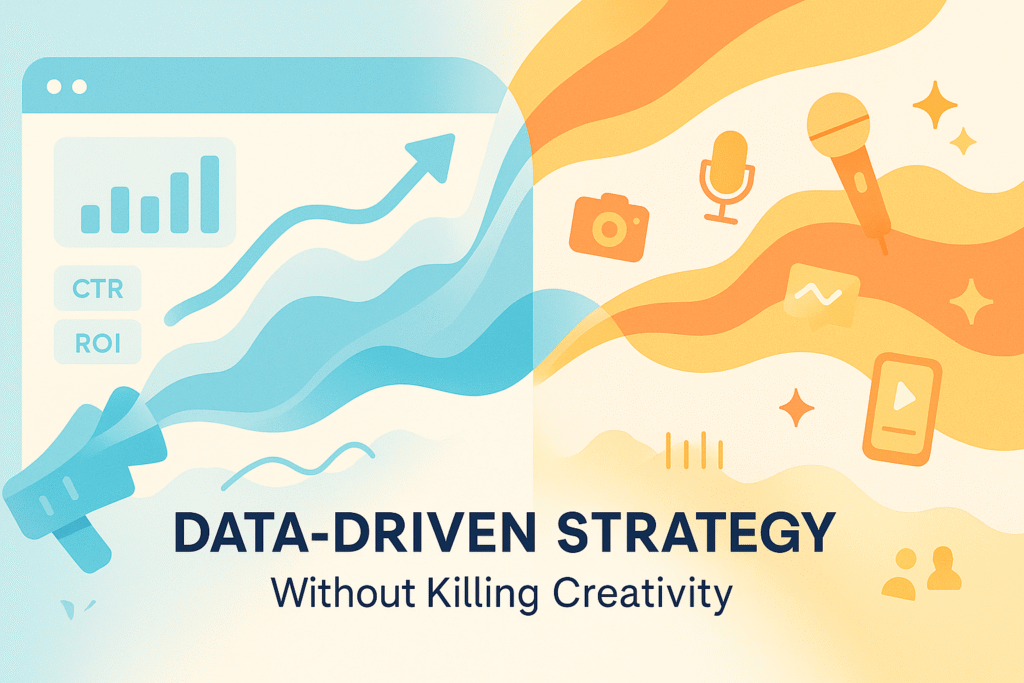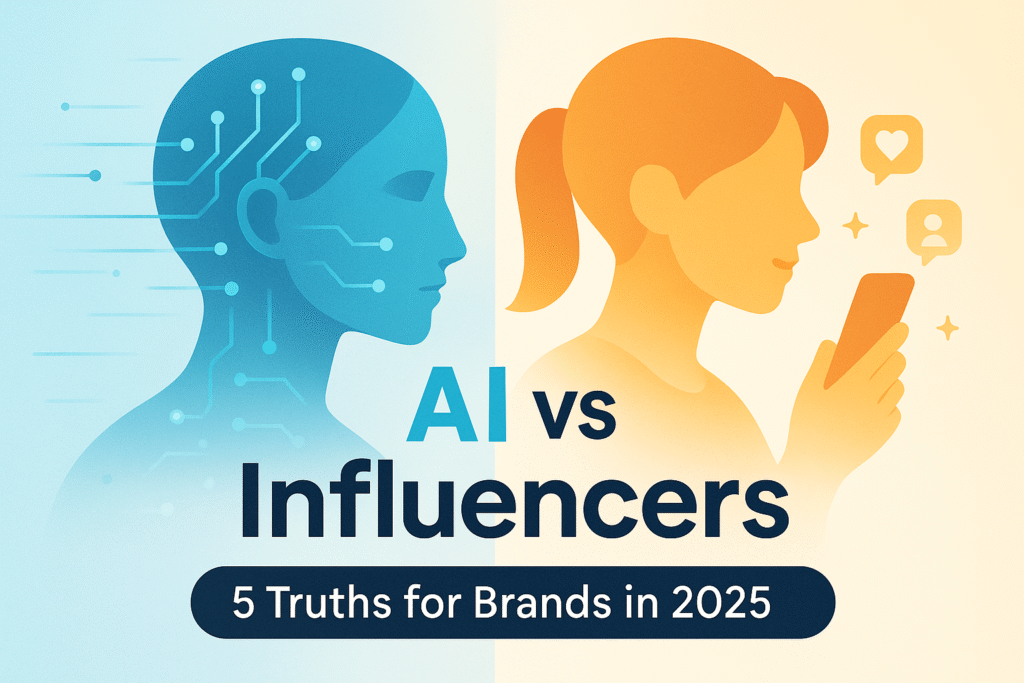Get Started with Mintlink Today!
Automate your “link please” comments and start earning today. Download the free Mintlink app!
Table of Contents
Scroll through your feed today and every third post is “#ad.” From beauty gurus to finance creators, everyone is doing influencer marketing. But behind all the viral videos, one question still nags marketers: how effective is influencer marketing, really?
A new meta-analytic study published in the Journal of the Academy of Marketing Science (2024) offers one of the most comprehensive answers yet — analyzing 1,531 effect sizes across 251 academic studies. The verdict? Influencer marketing works — but only when brands understand why it works and what truly drives effectiveness.
Let’s break down what this research means for marketers, especially in the Indian context.
The Big Problem: Everyone’s Doing Influencer Marketing — Few Are Measuring It Right
In India, influencer marketing spending is projected to cross ₹3,000 crore by 2026 (EY Report, 2024). Yet, most brands still struggle to quantify ROI beyond vanity metrics like impressions or likes.
Marketers often assume that:
- More followers = more conversions
- Famous influencers = better results
- Expensive collaborations = guaranteed impact
But the Springer meta-analysis shatters these assumptions. It shows that effectiveness depends far more on the alignment of influencer traits, content style, and audience perception — not on size or spend.
Key Insight 1: Followers Matter Less Than the “Community”
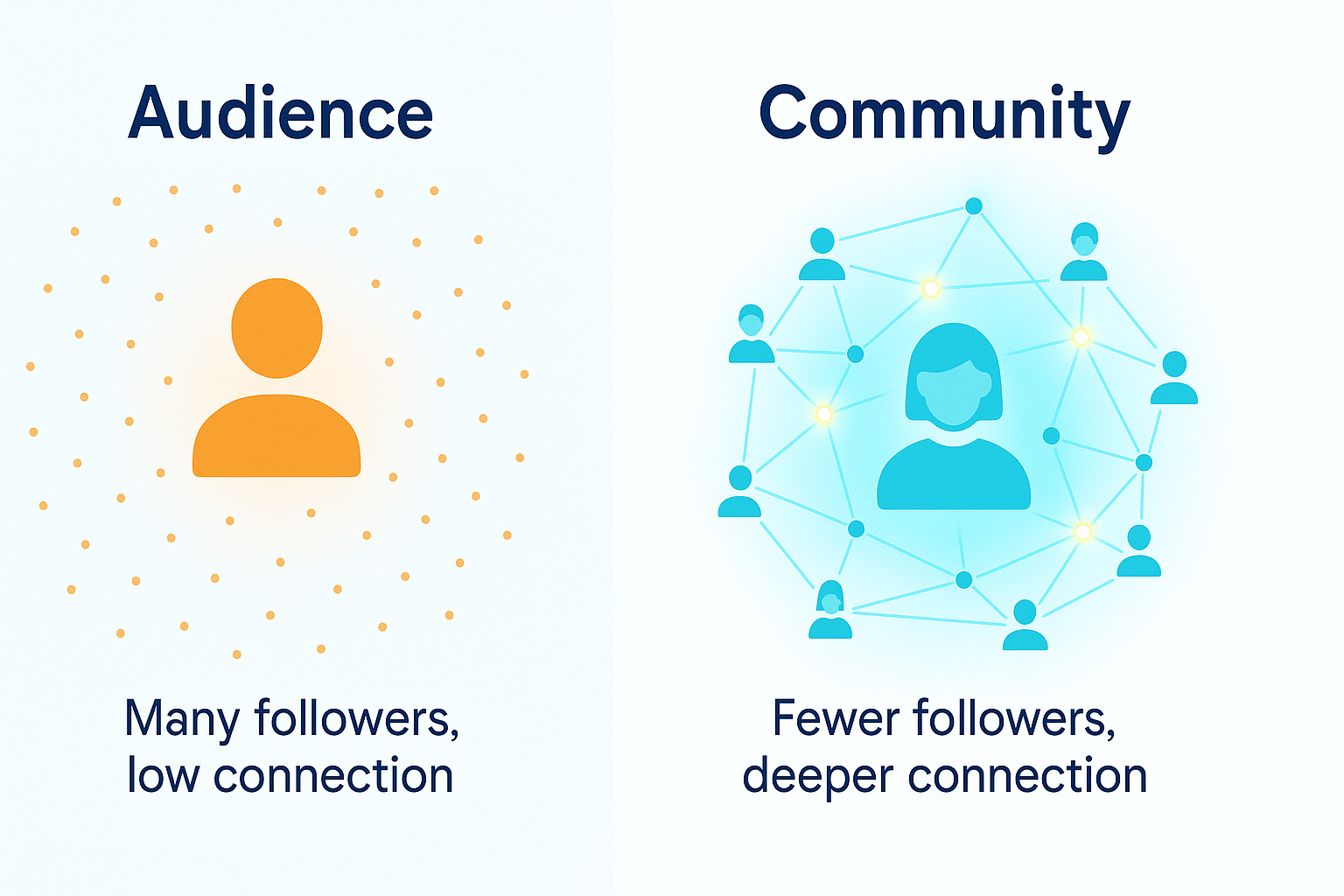
The study found that follower characteristics significantly influence influencer marketing outcomes — often more than the influencer’s traits themselves.
Why it matters:
- Followers with a strong social identity (who feel part of the influencer’s “community”) are more likely to engage, trust, and purchase.
- When followers perceive similarity with the influencer (age, lifestyle, values), persuasion increases.
- Engagement isn’t driven by follower count but by community cohesion — a key factor for micro and nano creators.
India POV: For Indian audiences, relatability often trumps aspiration. A lifestyle creator from Indore or Kochi who mirrors middle-class aspirations can outperform a celebrity with millions of followers — simply because they feel “real.”
Takeaway: Don’t just target audiences; target communities. Choose influencers whose audience identity aligns deeply with your brand’s ethos.
Key Insight 2: The Post Itself Is Half the Battle
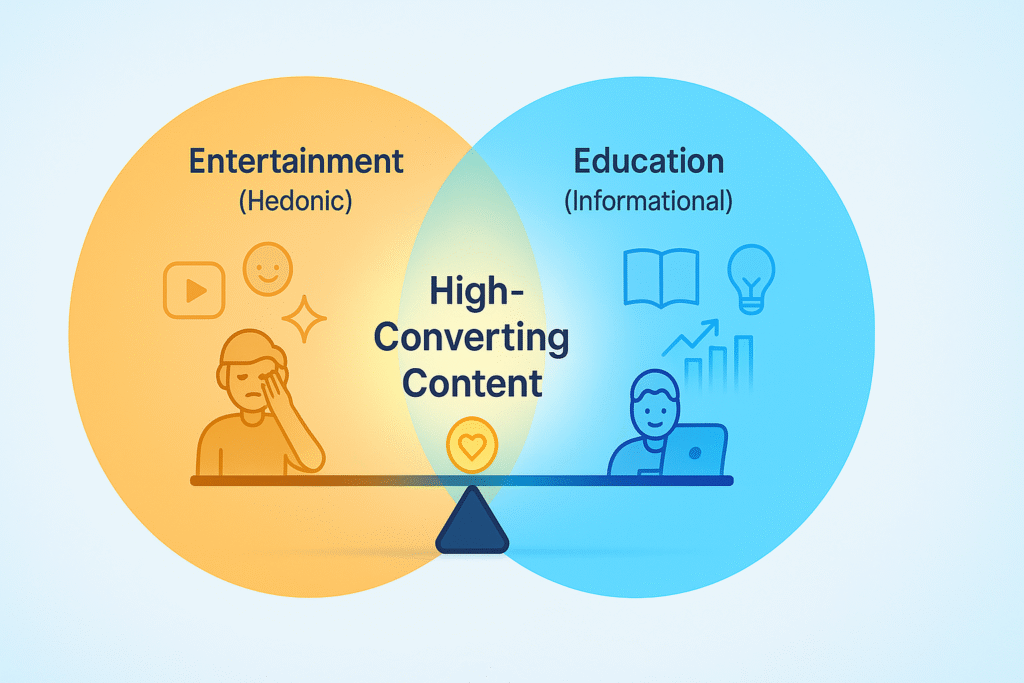
The research emphasizes that post characteristics — how the content looks, feels, and communicates — are central to influencing consumer attitudes.
Effective posts typically include:
- Informational value – clear product benefits, usage insights.
- Hedonic value – entertainment, humor, emotional storytelling.
- Authenticity cues – real-life settings, non-scripted tone, genuine experiences.
Interestingly, posts that balance emotional and informational appeal tend to perform best.
India POV: This is visible in the success of content formats like “Get Ready With Me” (GRWM) or “Unfiltered Review” videos. They merge functional education (informational) with a dose of personality (hedonic).
Takeaway: Don’t over-engineer branded content. A visually simple, emotionally engaging, and informative post often outperforms high-production campaigns.
Key Insight 3: Influencer Quality Outranks Popularity
The meta-analysis found that influencer communication quality — how clearly, credibly, and consistently an influencer conveys brand messages — directly drives sales outcomes.
Strong communication quality = higher actual purchase intent.
It’s not just about charisma or follower count. The study measured communication quality through factors like:
- Message clarity and coherence
- Tone consistency with the influencer’s persona
- Transparency of endorsements
- Responsiveness to follower comments
India POV: Creators like Ranveer Allahbadia (BeerBiceps) or Sejal Kumar have built strong brand recall because their delivery feels like advice from a trusted friend, not a scripted endorsement.
Takeaway: Vet influencers not by reach but by their narrative consistency and audience trust index.
Key Insight 4: Persuasion Works Through Credibility and Trust
The study identified source credibility and persuasion knowledge as the two biggest mediators of influencer marketing success.
- Source credibility = expertise + trustworthiness + attractiveness
- Persuasion knowledge = awareness that a message is promotional
When followers trust an influencer’s expertise, they lower their skepticism and engage more deeply. However, if persuasion feels too obvious (like hard selling), effectiveness drops.
India POV: This explains why audiences in India respond well to “explainers” rather than “ads.” Educational or storytelling-style promotions outperform direct pitches.
Takeaway: Influencer credibility is your new media currency. Build campaigns that showcase real usage, storytelling, and expertise instead of direct product promotion.
Key Insight 5: Platform Type and Product Category Matter
The effectiveness of influencer marketing is moderated by the platform and product type.
- Visual platforms (Instagram, YouTube) amplify hedonic or lifestyle products (fashion, beauty, travel).
- Text-based or community platforms (LinkedIn, X) work better for utilitarian or knowledge-based offerings (finance, SaaS, B2B tools).
- Short-form video is most effective for awareness, while long-form formats drive deeper persuasion.
India POV: With India’s short-video platforms (like YouTube Shorts and Instagram Reels) leading the discovery funnel, brands must treat each platform as a unique conversion layer — not a mirror.
Takeaway: Match platform intent to brand objective. Use YouTube for education, Reels for awareness, and LinkedIn for authority.
Actionable Takeaways for Marketers
Shift from reach to relevance
Micro and nano influencers with niche, engaged audiences often yield a higher, more measurable ROI than mega-influencers. Focus on the quality of the community, not the size of the follower count.
Audit influencer trust metrics
Track engagement quality (comments, shares, saves) over vanity metrics like likes. Is the creator’s comment section full of real conversations or spam bots? Trust is a measurable asset.
Design content for hybrid value
Blend entertainment (hedonic) with education (informational) for balanced engagement. The most effective content teaches the audience something while entertaining them.
Customize messaging per platform
Don’t recycle the same post across formats. Tailor the tone, CTA, and visuals for each platform (e.g., an educational YouTube video, a quick/viral Reel, a professional case study on LinkedIn).
Measure full-funnel impact
This is the most critical takeaway. Stop measuring “vibes.” Use advanced attribution tools (like affiliate links, trackable coupons, and post-purchase surveys) to link influencer activity directly to traffic, conversions, and brand lift. This is the only way to prove how effective influencer marketing really is.
Invest in long-term collaborations
One-off influencer posts deliver momentary spikes; ongoing, long-term partnerships build trust equity. The research shows that repeated exposure to a creator’s message dramatically increases purchase intent.
Implement a Performance-Based Tool (like Mintlink)
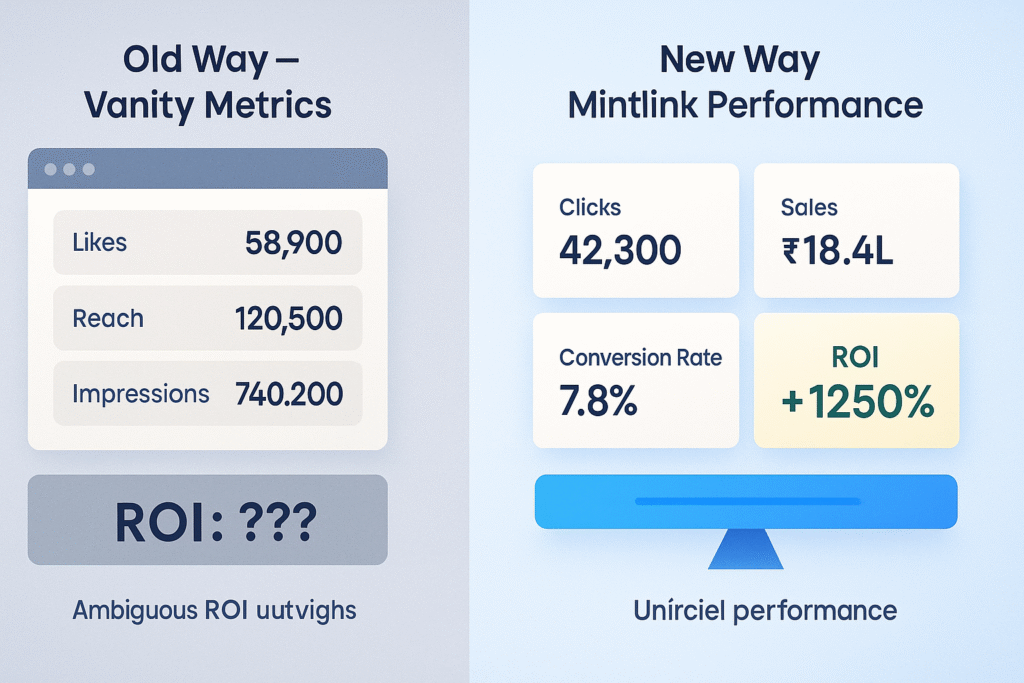
The logical conclusion of all this data is to shift from “paying for posts” (reach) to “investing in results” (performance). A platform like Mintlink is built for this.
- It Solves Measurement: It provides a single dashboard to track every click, conversion, and sale from your entire creator network.
- It Enables Performance: It allows you to run performance-based affiliate campaigns, paying creators for the sales they drive, not just the “post” they make.
- It Powers Automation: It gives your creators tools like Instagram Comment Automation to ensure no “link please” lead is ever lost, turning engagement into measurable revenue.
So, How Effective Is Influencer Marketing in 2025?
The 2024 meta-analytic review proves what sharp marketers have sensed for years — influencer marketing is not magic; it’s measurable. When you stop chasing follower counts and start focusing on community, credibility, and communication quality, the effectiveness is undeniable.
How effective is influencer marketing? It’s as effective as your strategy. When built on authentic relationships, credible communication, and audience alignment, influencer marketing drives not just awareness but real, predictable business outcomes.
The Bottom Line: Effectiveness Is Not About “Influencers” — It’s About “Influence”
In India’s fast-growing digital economy, where audiences crave both connection and credibility, the winners will be brands that don’t just use influencers — they understand influence.
Final Thought: Influencer marketing effectiveness isn’t a guessing game anymore. The data is clear: success depends on the science of credibility, the art of storytelling, and the strategy of audience alignment. Brands that master this triangle won’t just trend — they’ll transform how influence drives commerce.
Frequently Asked Questions (FAQs)
Q1: What is the most effective influencer marketing strategy? A: According to the 2024 meta-analysis, the most effective strategy is not just hiring the biggest influencer. It’s using credible, expert, and trustworthy micro-influencers whose audience feels a strong sense of community and similarity with them.
Q2: How effective is influencer marketing for driving actual sales? A: It is extremely effective when measured correctly. Instead of paying a flat fee for “awareness,” brands that use performance-based models (like affiliate marketing) can directly track sales and attribute revenue, proving a high ROI. The key is to measure conversions, not just “likes.”
Q3: Is influencer marketing more effective than traditional ads? A: Yes, especially in terms of trust. Studies (like the EY Report in India) show that a majority of consumers (especially Gen Z) trust the recommendations of a relatable creator far more than a polished brand advertisement. This trust leads to higher purchase intent.

